What is thermal underwear and do you really need it?
What is thermal underwear? We respond to all your questions about this winter essential, from what to look for and how to wear it to stay toasty and dry
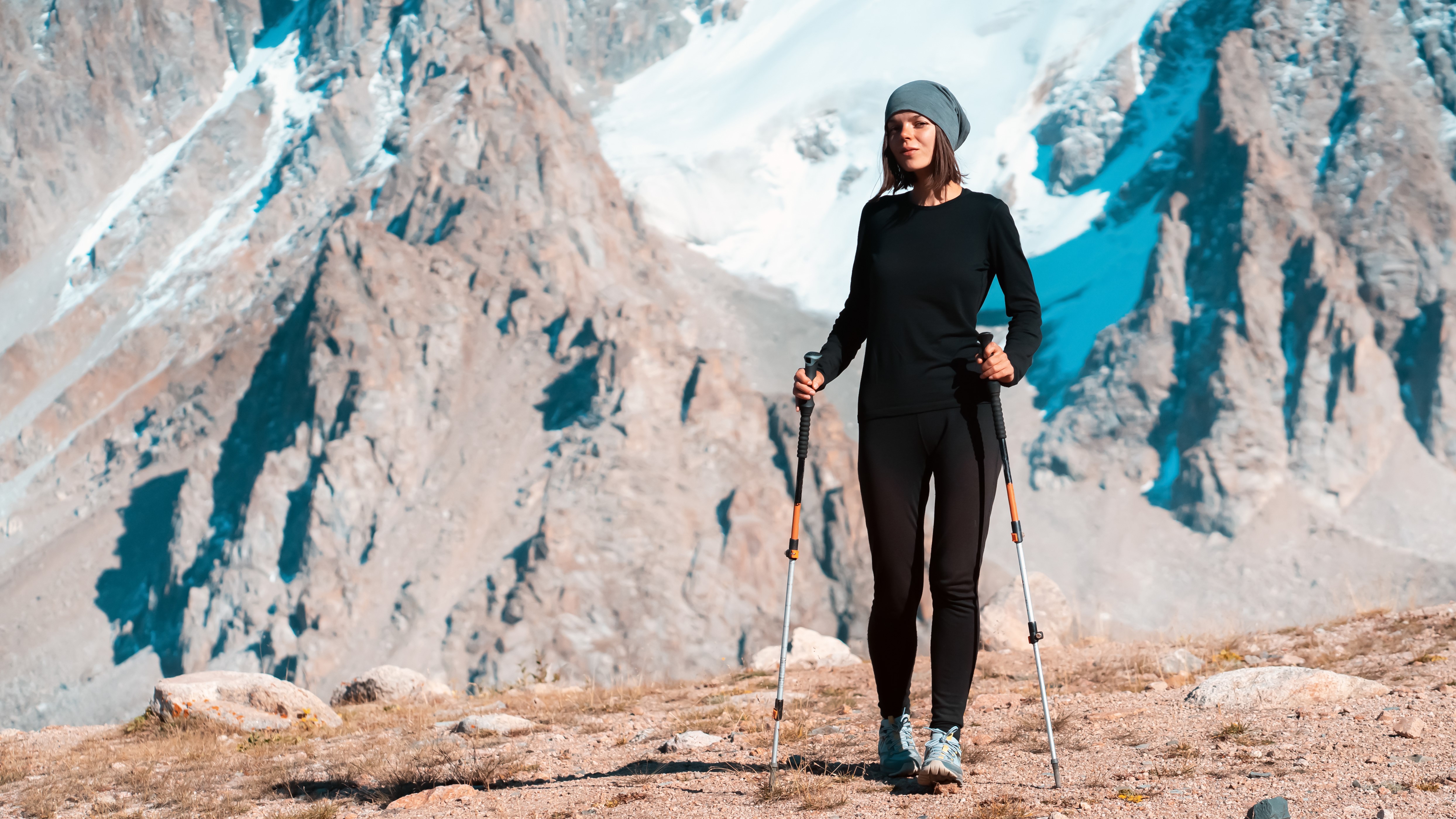
Gearing up for a winter outdoors requires a whole slew of insulated clothing that you might never have needed before, all the way down to your skin where you’ll want to wear thermal underwear beneath those thick, outer layers. But wait, does that just mean a fleecy pair of boxers or a G-string made using goose down?
What is thermal underwear and do your nether regions really need that much protection from the cold? In this article, we answer all your common questions about thermal underwear, including what to look for and how to wear it to stay warm and dry all winter long.
What is thermal underwear?
Thermal underwear are thin, stretchy pants that are usually worn underneath clothing, such as your hiking pants or ski pants, to provide an additional layer of insulation during outdoor activities. They look a lot like a pair of leggings and are also known as long underwear or long johns.
In the hiking layer system, thermal underwear forms part of your base layer, along with a long sleeved top made of the same material, and the two terms are often used interchangeably to describe both the top and bottoms, a bit confusingly. For this article, however, when we say thermal underwear we’re speaking about the bottoms.
We also find that thermal underwear can also make good pajamas to wear inside your sleeping bag when you’re camping in cold weather.
Meet the experts

Julia truly caught the outdoor adventure bug when living in Vail, Colorado, where she could often be found on the trails and ski runs. Today, she's back in her native Scotland, another place not exactly renowned for its warmth and sunshine. As one of our leading gear experts, she's often in the mountains testing kit.

Alex's love affair with snowy mountains began when he watched mountaineers heading across the glacier bound for Mont Blanc in 2012. Since then, he's developed a passion for alpine and Scottish winter mountaineering. Winter adventures are his absolute fave.
Today's best deals
What makes thermal underwear thermal?
- Thermal underwear is usually made from either Merino wool or polyester
- Merino wool traps air, providing excellent insulation
- Both wick moisture brilliantly, making them very quick drying
- Polyester is more affordable than Merino
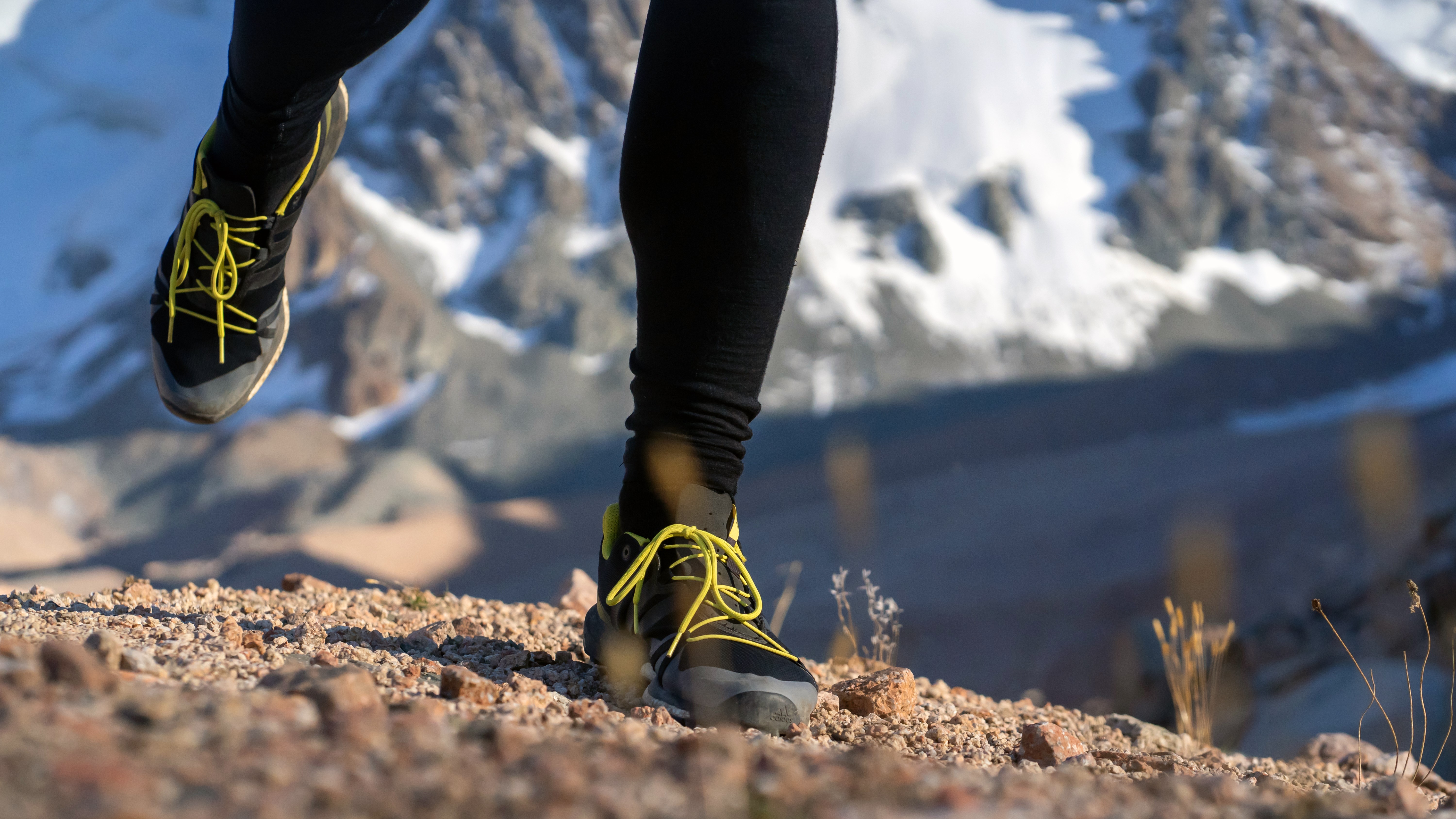
If thermal underwear looks and acts a lot like a pair of leggings, can you just wear an old pair of cotton leggings under your hiking trousers to stay warm on a winter hike? Assuming you’re not going to sweat or otherwise get wet, this would certainly provide some more warmth, but what makes true thermal underwear thermal is typically the fabric that it’s made from, and sometimes the construction.
When we’re talking about thermal underwear for active pursuits like hiking and skiing, then good thermal underwear is usually made using Merino wool, such as the Icebreaker Merino 250 Vertex Thermal Leggings. The benefit of Merino wool is that it traps air to provide insulation, and wicks away moisture to keep you dry if you get sweaty, and dries quickly.
Advnture Newsletter
All the latest inspiration, tips and guides to help you plan your next Advnture!
The main downside of merino wool, however, is that it’s expensive, so lots of great and more affordable thermal underwear is being made using synthetic fibers, such as polyester, which shares similar moisture-wicking properties to keep you warm and dry. Some, such as the Smartwool Intraknit Merino 200 bottoms, are made using a merino wool/synthetic blend. If you’re very sensitive to wool, you’ll appreciate the non-itchiness of synthetic alternatives, too. You might also see some thermal underwear made using bamboo rayon, which will trap air and wick sweat, but most bamboo clothing is slow to dry, so for high-energy frigid adventures, it may not be your best choice.
Active thermal underwear may also be constructed using two thin layers of fabric, to better help trap heat. The most important thing to know is that if you’re shopping for thermal underwear for outdoor adventures, you’ll want to avoid cotton since that won’t dry quickly or keep you warm if it gets damp – save these for days when you’re working from home and want to keep your central heating bill down.
Do you really need thermal underwear?
- Thermal underwear is for cold winter adventures
- They're great for downhill skiing, winter mountaineering and wild camping
- Wear your usual underwear underneath them and your hiking pants over the top
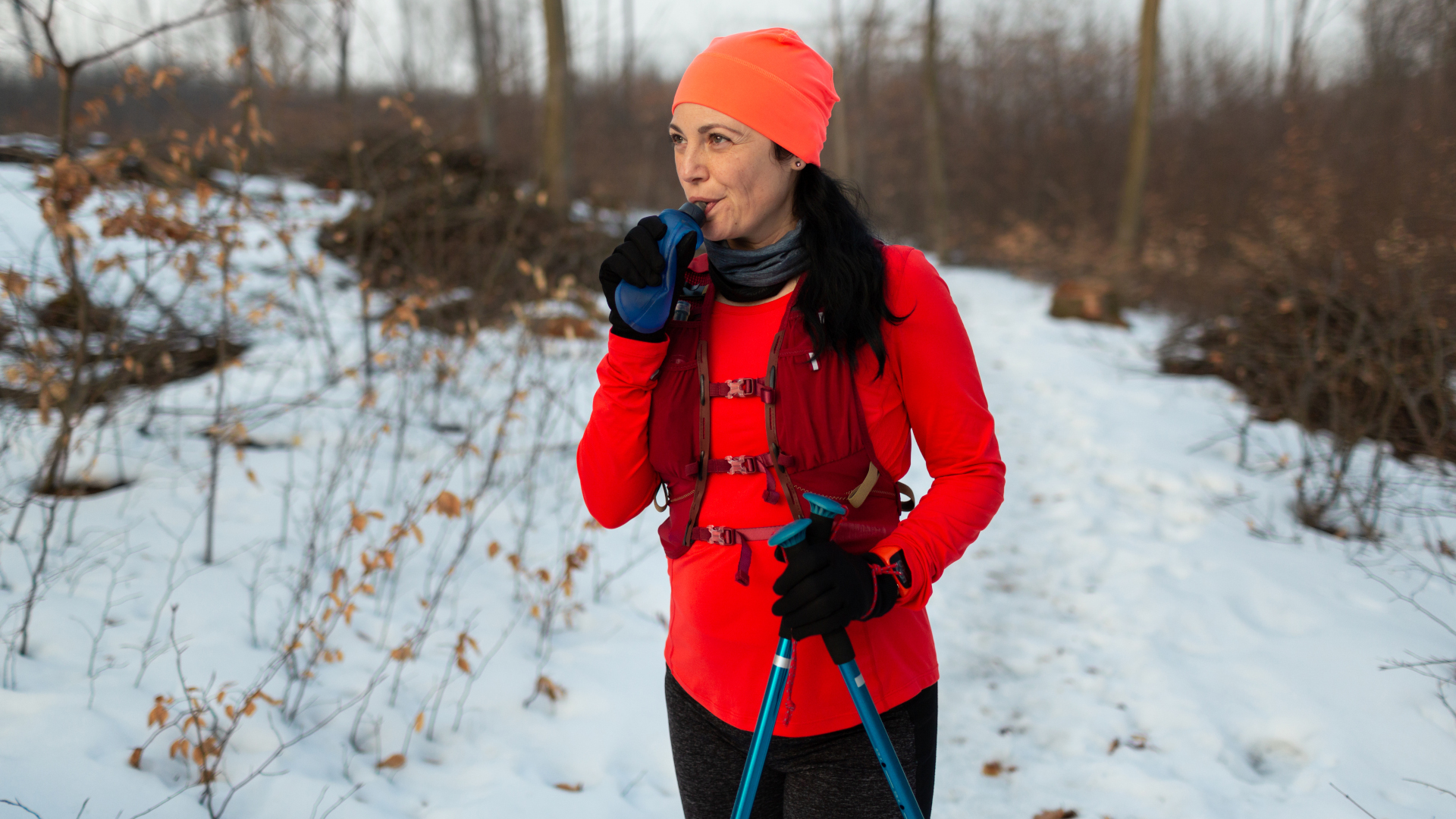
If you’re adventuring in cold weather, it’s a good idea to own thermal underwear though you won’t always wear it. It all depends on how cold the weather is, and what you’re going to be doing. Assuming we’re only talking about the bottoms, your legs probably don’t feel as cold as the rest of you in winter, so if you’re really exerting yourself on a hike or uphill skiing, you won’t need long johns unless it’s well below freezing, especially if you’re wearing insulated pants.
However, for very cold temperatures, downhill skiing, winter mountaineering and winter camping, they can be life-saving. Wear them with your regular underwear underneath, and warm layers like a down jacket and windproof hiking trousers over the top and you’ll stay toasty all day.
Should thermals fit tight or loose?
- Thermals should have a body-hugging fit
- This is because their insulating properties work best when tight against the skin
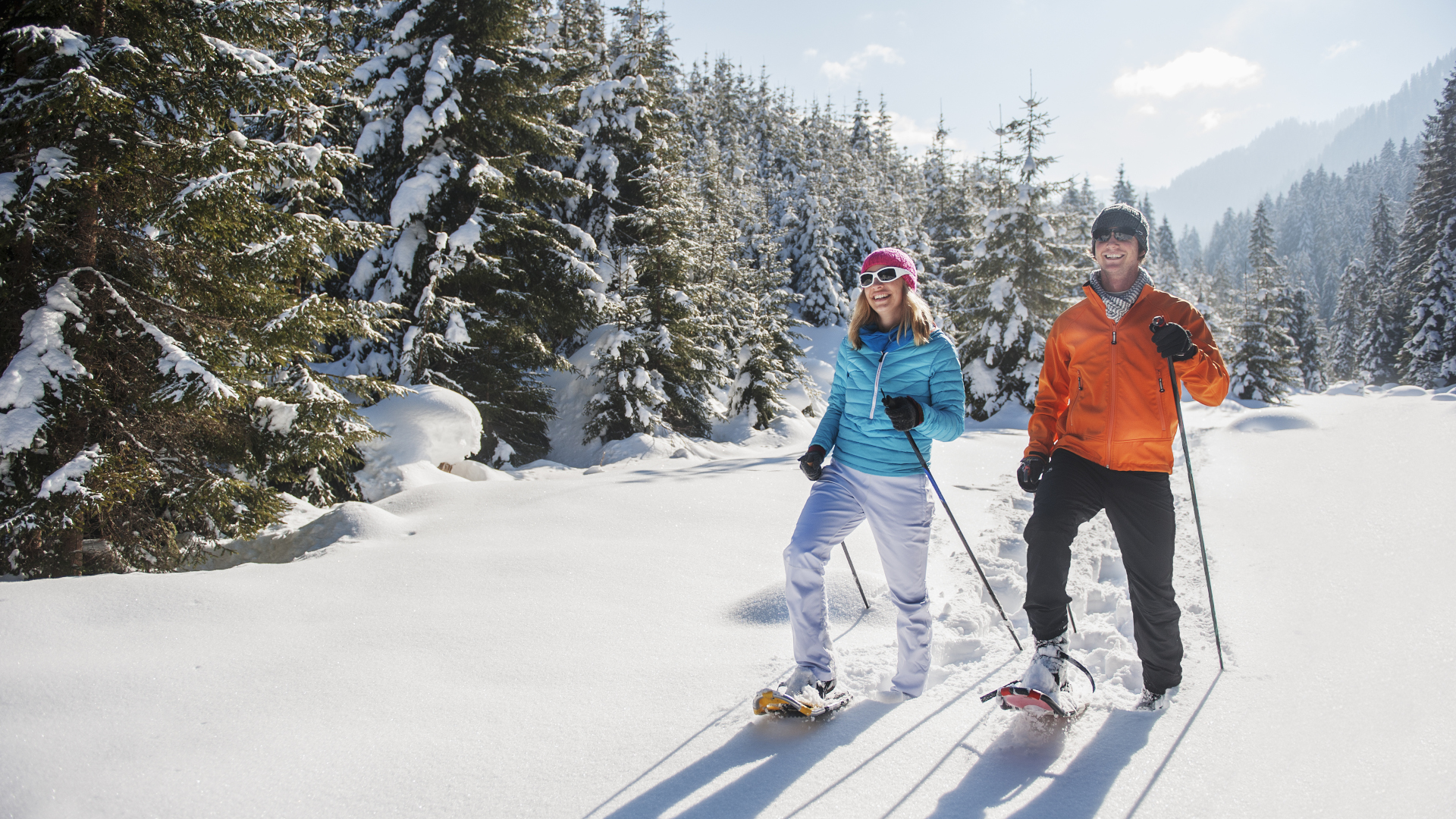
Any base layer should be snug-fitting, and that’s not simply so you can get your clothes on over the top. The air-trapping insulating properties of your thermals work best if the material is held close to your skin. If slim-fitting clothes annoy you, look for thermal underwear with more than 10% stretchy fabric to make it easier to move.
How long can you wear thermal underwear?
- You don't have to wash thermal underwear as often as regular underwear
- Merino wool has antimicrobial properties, which means it's resistant to odors
- Even polyester thermals are often treated with an antimicrobial treatment
- General guidance is that you can wear the same pair for 3-5 days
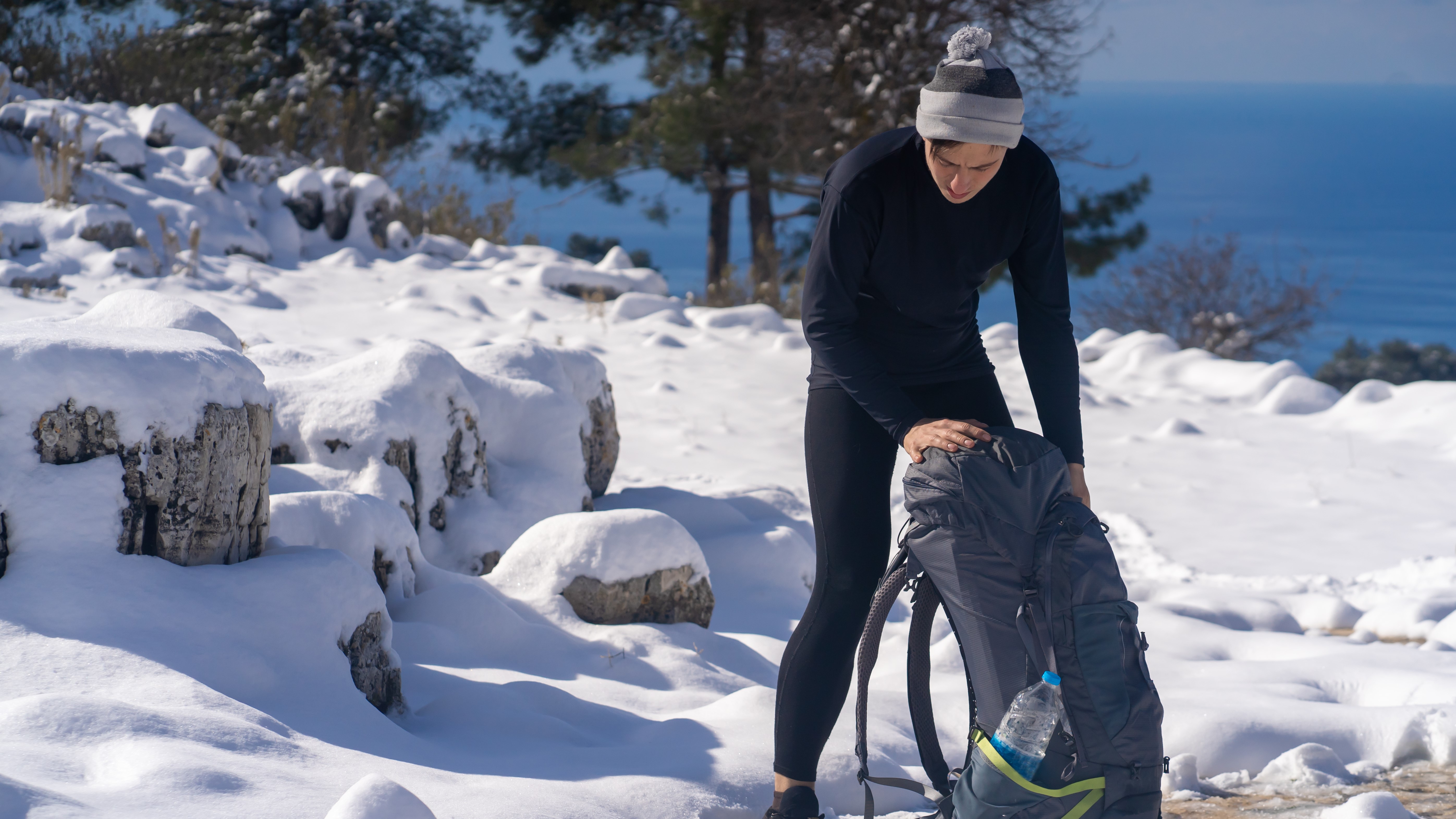
Hopefully you wash your regular underwear and each use, but the good news is that you won’t have to wash your thermals quite so frequently. If your thermal underwear is made using Merino wool, it will have some naturally antibacterial properties while synthetic garments meant for active use are often treated to be antimicrobial. All this means is that they inhibit the growth of microorganisms and don’t get as smelly, especially if you go for Merino wool – for hopefully obvious reasons, you can enhance this by wearing regular underwear underneath your thermals.
When it comes to Merino base layers, I don't worry about carrying spares. Even on a long backpacking trip or mountaineering expedition, their antimicrobial qualities mean that they stay fresh and I don't have to worry about laundering them until I return.
Alex Foxfield, Advnture contributor
So to get back to your question, how long can you wear thermal underwear? Lots of outlets say you can wear them for 3 - 5 days, based on manufacturer recommendations, but obviously it all depends on what you’re doing in them, how much you sweat and whether or not you air them out when you get home or leave them scrunched up at the bottom of your backpack to fester. Basically, hang them up to air them out after a hike and use the good old fashioned sniff test and know that you’ll be able to wear them for at least a handful of adventures without washing them.
Can thermals be worn alone?
- Thermals work brilliantly on their own for dynamic winter activities
- However, they don't provide much of protection against wind and precipitation
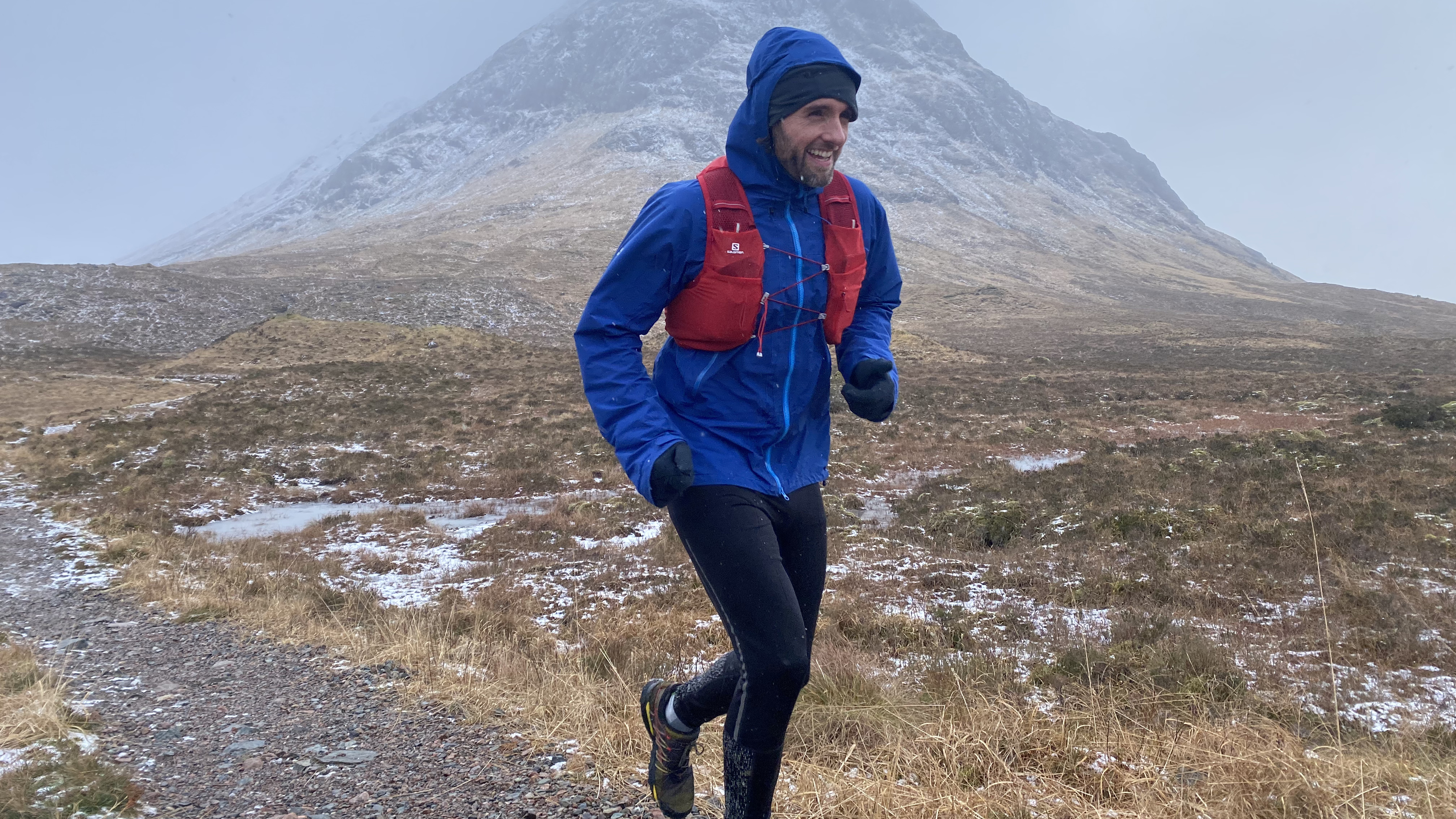
If thermals are body-hugging, sweat-wicking and insulating, you might well be wondering if you can wear them without clothes on top, and the answer is yes. Particularly for sweaty adventures like winter running and cross country skiing, they can provide better protection against the cold than a simple pair of leggings without making you overheat.
For a wintry trail run, I wear thermal underwear or running leggings. They provide a decent amount of protection against the cold and mean that I don't overheat.
Alex Foxfield, Advnture contributor
They won’t offer a ton of protection from the wind or any shield against wet weather, but in dry climates like Utah and Colorado, you could wear them for a winter hike without outer layers if you see fit, and then there’s no annoying swishing of weatherproof membranes like Gore-Tex while you walk. Some look a lot like underwear, but lots of them are fairly stylish nowadays, so you can wear them around town too if you want.
Julia Clarke is a staff writer for Advnture.com and the author of the book Restorative Yoga for Beginners. She loves to explore mountains on foot, bike, skis and belay and then recover on the the yoga mat. Julia graduated with a degree in journalism in 2004 and spent eight years working as a radio presenter in Kansas City, Vermont, Boston and New York City before discovering the joys of the Rocky Mountains. She then detoured west to Colorado and enjoyed 11 years teaching yoga in Vail before returning to her hometown of Glasgow, Scotland in 2020 to focus on family and writing.

